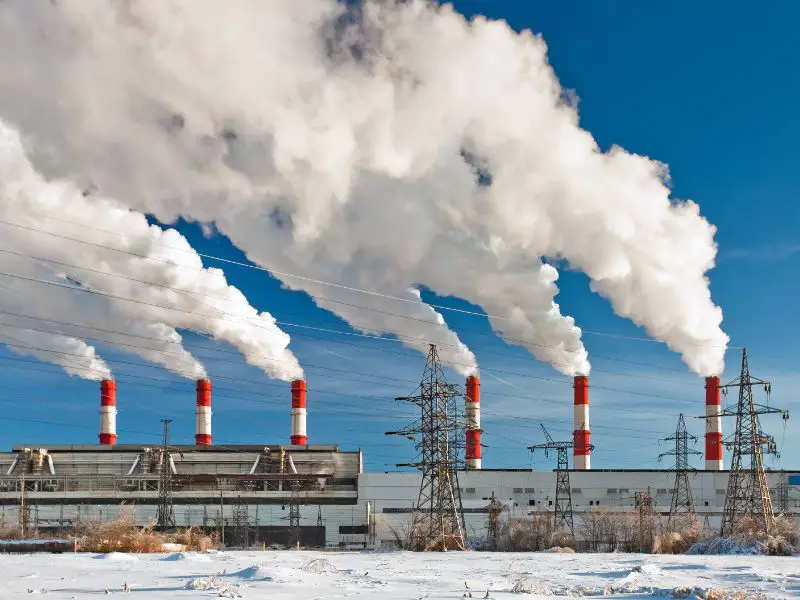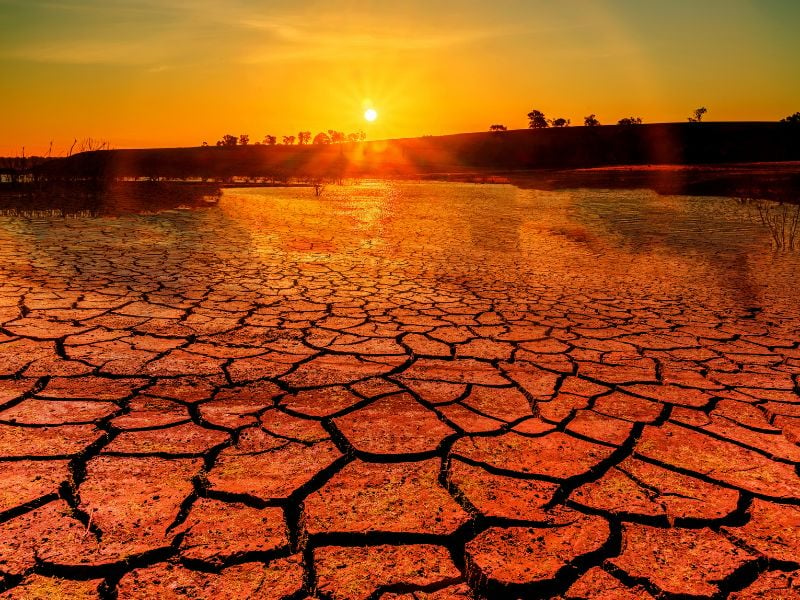Environmental degradation in the United States has led to harmful and irreparable damage to the country’s ecosystems, soil, waterways, and oceans. The pollution and deforestation in the U.S. has led to the widespread extinction of plant and animal species, and thousands of animals, birds, fish, and insects are killed yearly. The U.S. government has tried to monitor and curb environmental damage caused by pollution and deforestation, but the country has a long way to go before achieving ecological sustainability.
The United States is one of several countries affected by – and contributing to – the worldwide destruction of all ecosystems. From air pollution to nonrenewable resource depletion, the country is starting to recognize and handle environmental challenges inside its boundaries. Below, we’ll look at the present ecological challenges in the United States, how they contribute to the issue, and what the country is doing to address them.

The Challenges of Environmental Degradation in the United States
1. Deforestation
Deforestation continues to be a significant problem in the United States. Between 2001 to 2019, the U.S. lost 42.2 million hectares of forests and a 15% loss of tree cover, primarily due to chopping down primary forests.
In addition, the population of the United States grows by about 1,700,000 individuals yearly. And statistically, each individual needs an additional acre of land and highways. This quick influx of people has raised the need for urbanization, leading to deforestation as we seek more land to build on. Of course, housing more people means less open land and farmland, more overcrowding, and a significant loss of biodiversity across the country.
The National Forest System oversees all U.S. forests, and the Forest Service is in charge of managing them sustainably. The USDA Forest Service manages several protected forests open to recreation and scientific research but is closed to logging and mining. The USDA Forest Service also enforces the Forest Legacy Program, which protects forests at risk of being lost.
Deforestation could be combated by planting more trees or reducing logging. Still, there are already programs in places like the National Forests Lands and Urban Waters Restoration Act that are trying to combat deforestation.
2. Air Pollution
Air pollution is a major environmental issue in the country. It is caused by the emissions of vehicles and factories, which pollute the air with harmful gases like carbon monoxide and nitrogen oxide. These gases can cause various diseases and also cause acid rain, which damages plants, soil, and aquatic organisms. Air pollution can lead to decreased crop production, loss of biodiversity, and water contamination.

California is under a lot of pressure to clean up its air. Last year, all the top 12 cities in the U.S. with the most ozone pollution were in California. And three California cities tied for first place as the most polluted all year long. The U.S. may not have as much trouble with air pollution as India or China, but we still have a lengthy way to go for a better future.
Hence, clean air is essential for a healthy environment and human life. Much can be done to reduce air pollution, and air pollution control acts have been passed to reduce air pollution in the country.
The government has been carrying out various programs to encourage people to use newer, more eco-friendly vehicles to combat this. These programs include tax incentives for purchasing green cars and providing rebates for installing solar panels or wind turbines to power your home. Other initiatives include expanding public transportation systems, which helps to reduce
3. Water Pollution
While the Environmental Protection Agency (EPA) regulates drinking water quality pretty well, our lakes, oceans, and rivers continue to be severely polluted. Two million tons of sewage are dumped into rivers globally. In addition, pesticides and other chemicals on land frequently contribute to water and drainage runoff that flows into these streams introducing pollutants into our primary water bodies and drinking supplies. In addition, some contaminants, such as microplastics, dissolved metals, and pharmaceuticals, are difficult to eliminate even using industrial wastewater purification procedures.
Currently, the main effort to fight water pollution in the U.S. is mandated by the Clean Water Act (CWA) of 1972. The CWA states that all U.S. states must create plans for managing their water pollution. It also allocates state funding and sets water quality standards for each type of water. Additionally, the CWA requires all industries that discharge pollutants into U.S. waters to obtain a permit from the EPA. Currently, the CWA is under scrutiny by many groups, as many states have not lived up to its standards.

4. Global Warming
The impacts of global warming are so widespread that they may be the most noticeable of all the environmental problems that are now being faced in the United States. The increasing temperatures of the Earth are having a wide variety of unfavorable consequences on local climates, weather patterns, and practically every community in the United States and on the globe as a whole. These effects range from the melting of glaciers to the intensification of hurricanes.
The United States is growing into more and more concerned about the ongoing degradation of its environment. Many large corporations, manufacturers, and government agencies are currently working and investing heavily in protecting the environment.
Tesla, the number one electric car manufacturer in the world, now produces cars with solar panels on the roof to power the vehicle while it’s driving so that no gasoline is required to run the car. Other companies such as Toyota also offer hybrid models that run on electricity and gasoline. These hybrid cars are four-fold as efficient as regular cars in terms of fuel consumption and also reduce carbon emissions by as much as one-third.
5. Biodiversity
The loss of biodiversity in the United States of America is among the largest in the world at alarming rates. Experts have predicted that 50% of the world’s plant and animal species will be lost by 2100 if this trend continues. The loss of biodiversity has severe implications for society because the loss of species means the loss of food sources, medicines, and other natural resources. This loss impacts the following industries in the USA: agriculture, energy, forestry, fisheries, and tourism.
Governments in the United States are taking steps to address the growing problem of biodiversity loss. Some of these steps include increasing the number of people involved in conservation efforts, increasing funding to support conservation programs, and establishing new legislation to protect threatened habitats. The government is also encouraging the public to participate in conservation programs.

Related: Threats to Biodiversity, How Is Biodiversity Measured
Author’s Note
America is currently facing many environmental problems, but the government does not adequately address many of these issues. Some proposed solutions are controversial because they require increased government spending or new government regulations. In contrast, others simply need individuals to make an effort to reduce their impact on the environment.

